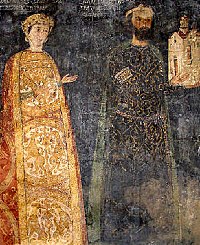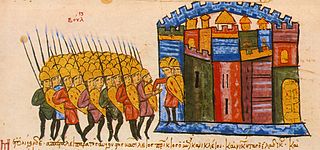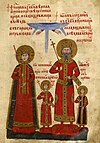
A number of ancient civilizations, including the Thracians, ancient Greeks, Scythians, Celts, ancient Romans, Goths, Slavs, Varangians and the Bulgars have left their mark on the culture, history and heritage of Bulgaria. Due to this great variety of influences, Bulgaria has adopted many unusual traditions. Thracian artifacts include numerous temples, tombs, golden treasures and ancient rites and rituals, while the Bulgars have left traces of their heritage in statehood, early architecture, music and dances. Thracian rituals such as the Tryphon Zarezan which is dedicated to Saint Tryphon of Campsada, Kukeri and Martenitsa are to this day kept alive in the modern Bulgarian culture. The oldest treasure of worked gold in the world, dating back to the 5th millennium BC, comes from the site of the Varna Necropolis.

The Boyana Church is a medieval Bulgarian Orthodox church situated on the outskirts of Sofia, the capital of Bulgaria, in the Boyana quarter. In 1979, the building was added to the UNESCO World Heritage List.

The Bachkovo Monastery of the Dormition of the Theotokos, archaically the Petritsoni Monastery or Monastery of the Mother of God Petritzonitissa is a major Eastern Orthodox monastery in Southern Bulgaria. It is located on the right bank of the Chepelare River, 189 km from Sofia and 10 km south of Asenovgrad, and is directly subordinate to the Holy Synod of the Bulgarian Orthodox Church. The monastery is known and appreciated for the unique combination of Byzantine, Georgian and Bulgarian culture, united by the common faith.
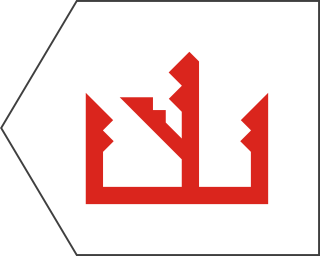
The Second Bulgarian Empire was a medieval Bulgarian state that existed between 1185 and 1396. A successor to the First Bulgarian Empire, it reached the peak of its power under Tsars Kaloyan and Ivan Asen II before gradually being conquered by the Ottomans in the early 15th century.

Zahariy Hristovich Dimitrov (1810–1853), better known as Zahari Zograf is a famous Bulgarian painter of the Bulgarian National Revival, noted for his church mural paintings and icons and often regarded as the founder of secular art in Bulgaria due to the introduction of everyday life elements in his work.

The Architecture of the Tarnovo Artistic School is a term for the development of architecture during the Second Bulgarian Empire (1185–1396). In the 13th and 14th centuries the capital Tarnovo determined the progress of the Bulgarian architecture with many edifices preserved or reconstructed which show the skills of the Medieval Bulgarian architects and the construction and decorative techniques they used. The builders have created a unique architectural style, known as Tarnovian Style, that influenced the architecture in many countries of Southeastern Europe and parts of Central Europe. With its diverse architecture, the Tarnovo School may be separated into several branches according to the function of the buildings.

The battle of Bulair took place on 8 February 1913 between the Bulgarian Seventh Rila Infantry Division under General Georgi Todorov and the Ottoman 27th Infantry Division. The result was a Bulgarian victory.
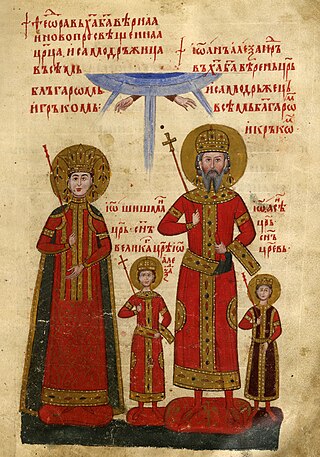
The Tarnovo Literary School of the late 14th and 15th century was a major medieval Bulgarian cultural academy with important contribution to the Medieval Bulgarian literature established in the capital of Bulgaria Tarnovo. It was part of the Tarnovo School of Art which was characteristic for the culture of the Second Bulgarian Empire.

Kaloyan and Desislava were 13th-century Bulgarian nobles, sebastocrators of Sredets (Sofia) and the surrounding region during the Asen dynasty of the Second Bulgarian Empire. They are credited as main donors and patrons of the Boyana Church. Their portraits, created in 1259 by the painters of Tarnovo Artistic School in Boyana Church are considered by many leading experts as the first Renaissance images in European art Many art historians defined these frescoes as one of the most remarkable works of the Palaeologan Renaissance.
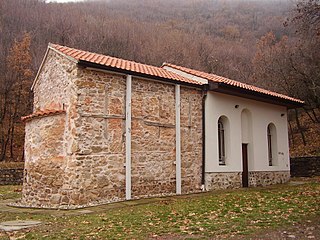
The Church of St Demetrius is a Bulgarian church dating from the Late Middle Ages near the town of Boboshevo, Kyustendil Province.
The Church of St Elijah is a late Medieval Bulgarian church in the town of Boboshevo, Kyustendil Province.
The Church of the Holy Mother of God a Bulgarian National Revival church in the town of Boboshevo, Kyustendil Province.
The Church of St Petka is a late Medieval Bulgarian church in the village of Vukovo, Kyustendil Province.
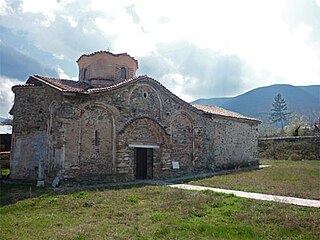
The Church of St Demetrius is a medieval Eastern Orthodox church in southwestern Bulgaria. It lies in the village of Patalenitsa, administratively part of Pazardzhik Municipality within Pazardzhik Province. The church was built in the 11th–14th century, with a possible dating to 1091 based on a stone plate inscription, the present location or even existence of which is unclear. Its frescoes, discovered in 1961 and restored in the 1970s, are a work of the 12th–13th century.
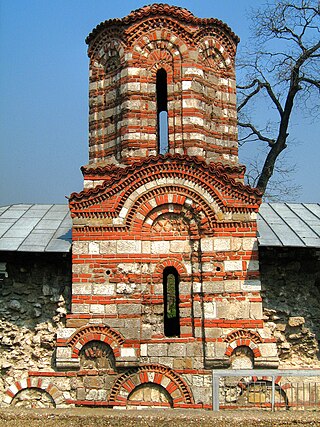
The Church of Saints Peter and Paul is a partially preserved medieval Eastern Orthodox church in the town of Nikopol, which lies in north central Bulgaria on the south bank of the Danube and is administratively part of Pleven Province. The church was built in the 13th or 14th century and was decorated with brick and marble patterns. The west part of the church is entirely in ruins.

The Church of St George is a medieval Eastern Orthodox church in the city of Kyustendil, which lies in southwestern Bulgaria and is the administrative capital of Kyustendil Province. The church is located in the Kolusha neighbourhood, which was historically separate from the city. The church was constructed in the 10th–11th century and its frescoes are somewhat later, as the earliest layers were painted in the 11th–12th century.
Prespa was a medieval town, situated in the homonymous area in south-western Macedonia. It was a residence and burial place of the Bulgarian emperor Samuel and according to some sources capital of the First Bulgarian Empire and seat of the Bulgarian Patriarchate in the last decades of the 10th century.
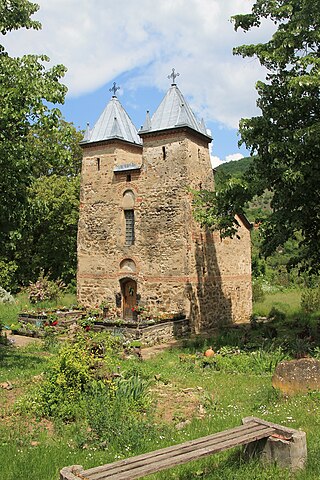
The Church of the Holy Mother of God is a medieval Eastern Orthodox church in the village of Donja Kamenica in Knjaževac Municipality, Zaječar District, eastern Serbia. The church is generally considered to have been built in the 14th century, when this area was part of the Second Bulgarian Empire's Vidin appanage, though alternative datings have been proposed.
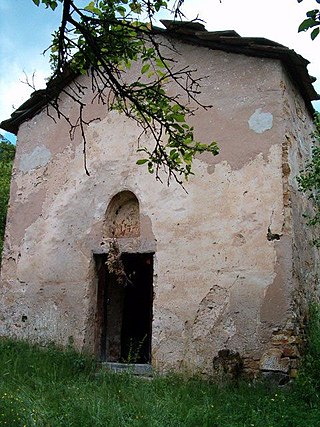
The Church of St Peter or Church of Saints Peter and Paul is a small medieval Bulgarian Orthodox church located in the village of Berende in Dragoman Municipality, Sofia Province, in westernmost Bulgaria. Most likely constructed and decorated in the 14th century, the Church of St Peter features simple stone architecture but contains a number of remarkable interior frescoes.
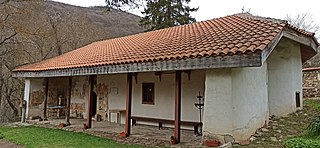
The Eleshnitsa monastery of the Assumption of the Virgin Mary is an active monastery, but currently there are no monks.



